150 Miles of Salt Mines 650 Below Ground On Day #19 of our 30-day, 9376 mile, road trip to see more of America we visited the Strataca salt mine in Hutchinson, Kansas. Strataca is a salt mine museum previously known as the Kansas Underground Salt Museum. The mine is built within one of the world's largest deposits of rock salt – with the salt deposit formations dating to over 275 million years ago. Efforts to dig the first shaft to start mine salt began back in June 1922 and operations of the Carey Salt Company began in 1923. Today the mine is still active, producing ~4 tons of “road salt” every 3 minutes. Strataca is the only underground salt mine in the United States accessible to tourists – so it’s a sight to behold if you like mines and have at least 2 hours to take the tour. To reach the underground mine you take a ride in a double-deck shaft elevator (that holds fifteen people on each level) that travels down 650 feet in 90 seconds. Once at the mine level there are ~150 miles of mined caverns; many of them still being actively mined. If you’re worried about being claustrophobic – don’t be – since the mine’s ceiling heights range from 11 to 17 feet. Concerned about being in a cold damp cave – there’s no issue there either since the mine temperature stays at ~68 degrees and has a relative humidity of ~45%. The floor of the part of the mine that you’ll visit is even paved – with “Saltcrete” – a material similar to concrete but with salt substituted for the normal sand. In addition to seeing the mine, and how the mining operation works, there’s also a small exhibit from Underground Vaults & Storage (UV&S) – a company that uses the mine’s security and stable environment to store valuable documents, medical records, TV show masters, film negatives and movie artifacts. The current exhibit includes the Batman and Mr. Freeze costumes from the “Batman & Robin” movie, items from the Superman TV show and Agent Smith’s costume from The Matrix. As you can see from the photos below – Strataca is an operation that you have to see to really get the feel of the size and scope (click on any photo to start the slideshow): If you want to learn more about the Strataca here are a couple of links to check out: https://www.underkansas.org/ http://www.kansastravel.org/hutchinson/kansasundergroundsaltmuseum.htm https://www.visithutch.com/things-to-do/attractions/p/item/658/strataca In addition, back on 5 November 2013 Mike Rowe and the crew of “Dirty Jobs” spent a day in the mines at Strataca and you can see what they found here:
0 Comments
The Largest Man-made Grotto in the World On Day #17 of our 30-day, 9376 mile, road trip to see more of America we visited the Grotto of the Redemption in West Bend, Iowa. The Grotto of the Redemption is a religious shrine built over a 42-year period by Father Paul Dobberstein, a Roman Catholic priest who served as the Pastor for Saints Peter and Paul Church, that includes rocks, semi-precious stones, and minerals from all over the world. The entire structure is so large that it covers approximately one city block. The Grotto was built because as a young seminarian Father Dobberstein became critically ill with pneumonia. As his illness progressed he prayed to the Blessed Virgin Mary and promised to build a shrine in her honor if he lived. Fortunately his health improved and, after his ordination as a Priest, Father Dobberstein was assigned to West Bend as the church Pastor in 1898. Once in Iowa Father Dobberstein spent a decade stockpiling rocks and precious stones for the shrine that he planned to build. The actual work of planning and building the grotto began in 1912 – with a design telling the story of man’s fall and his redemption by Christ. After Father Dobberstein passed away in 1954 his life's work on the grotto was continued by his long-time assistant, Matt Szerensce, until he retired in 1959, and for 50 years Father Louis Greving, Father Dobberstein's colleague and replacement, continued to build and care for the Grotto until 1996. The semi-precious stones embedded in the grotto walls are amazing: petrified wood, malachite, azurite, agates, geodes, jasper, quartz, topaz, calcite, and even stalagmites taken from Carlsbad Canyons before it became a National Park. In addition to the actual stone grotto there are numerous statues, most made out of white Carrara Italian marble, depicting St. Michael crushing the devil, Adam and Eve being driven out Eden, the Holy Family in the stable in Bethlehem, Jesus preaching the Sermon on the Mount, Judas sneaking out of the Garden of Gethsemane, and other religious figures. As you can see from the photos below – the Grotto of the Redemption is a little overwhelming and the work to build it by hand is almost unfathomable (click on any photo to start the slideshow): If you want to learn more about the Grotto of the Redemption here are a couple of links to check out:
https://www.westbendgrotto.com/ https://www.traveliowa.com/destination/shrine-of-the-grotto-of-the-redemption/6642/ https://www.spiritualtravels.info/spiritual-sites-around-the-world/north-america/iowas-grotto-of-the-redemption/ |
What's On This Page?Here's where we post reviews, questions, answers, thoughts and other information that's of general interest to our followers in a blog format. Categories
All
Archives
August 2023
|
|
|
Copyright 2016-2024 Hiking, Camping and Shooting |






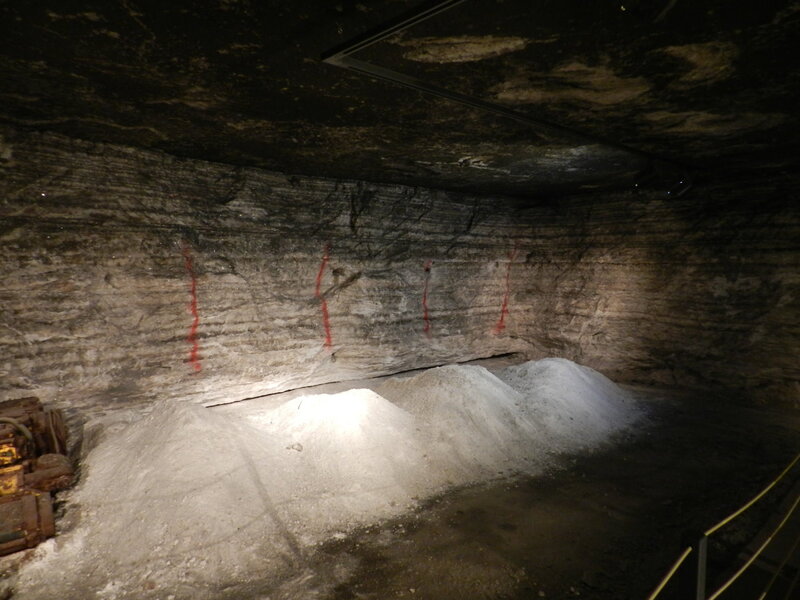


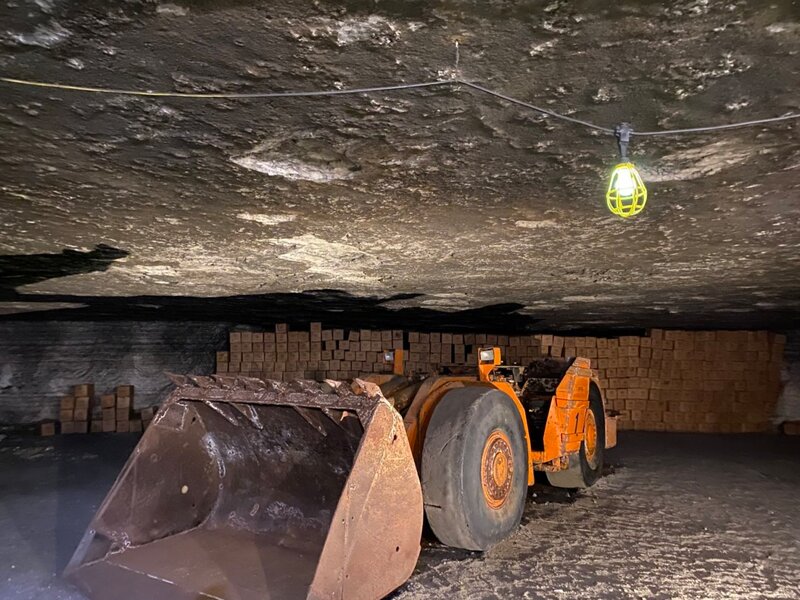
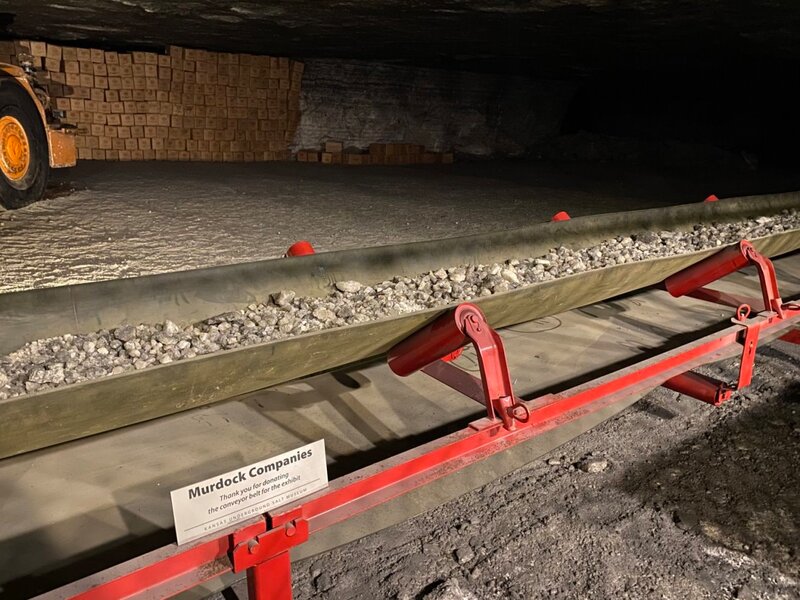




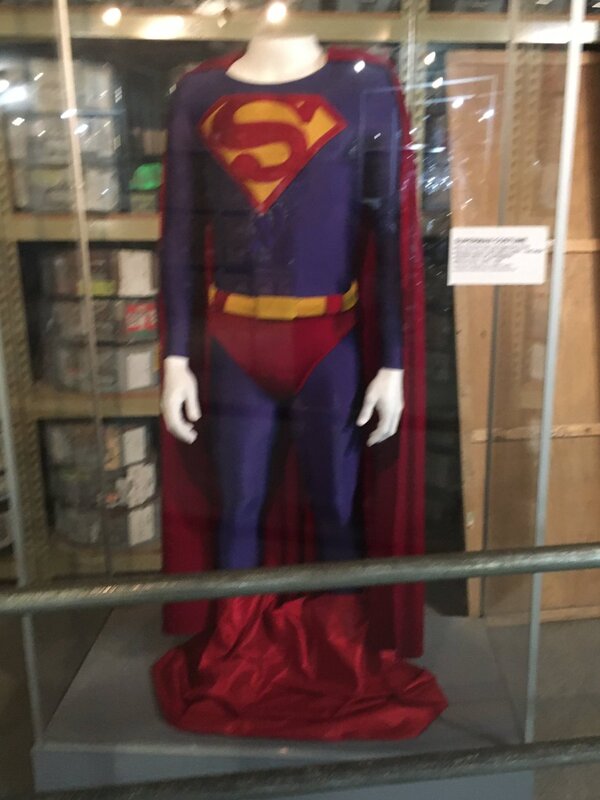



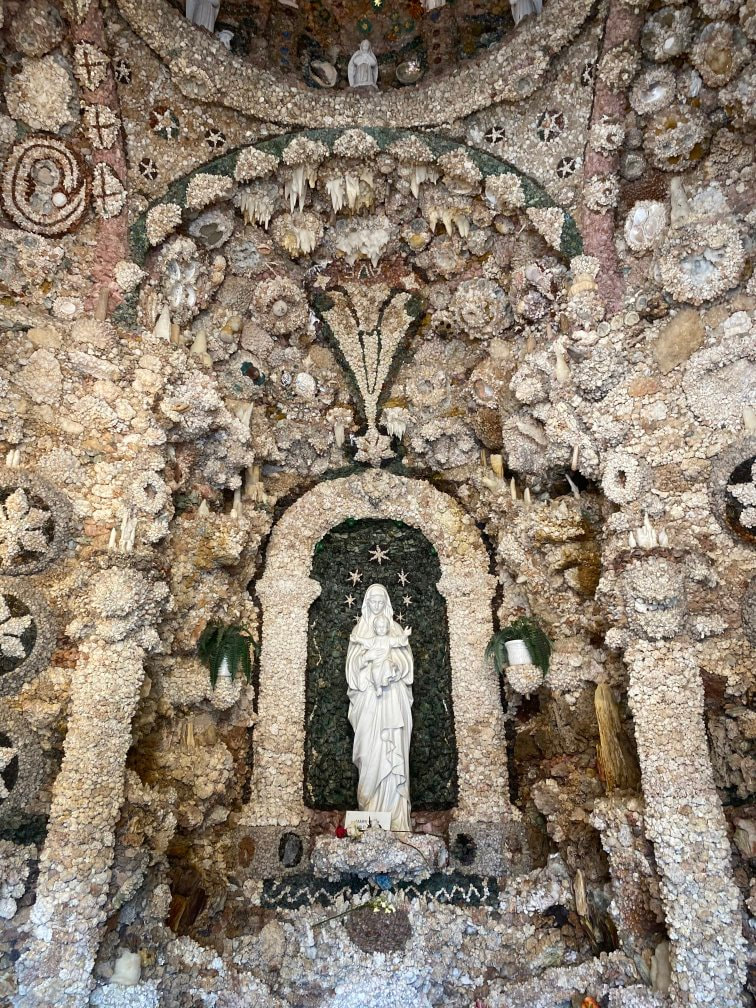






















 RSS Feed
RSS Feed